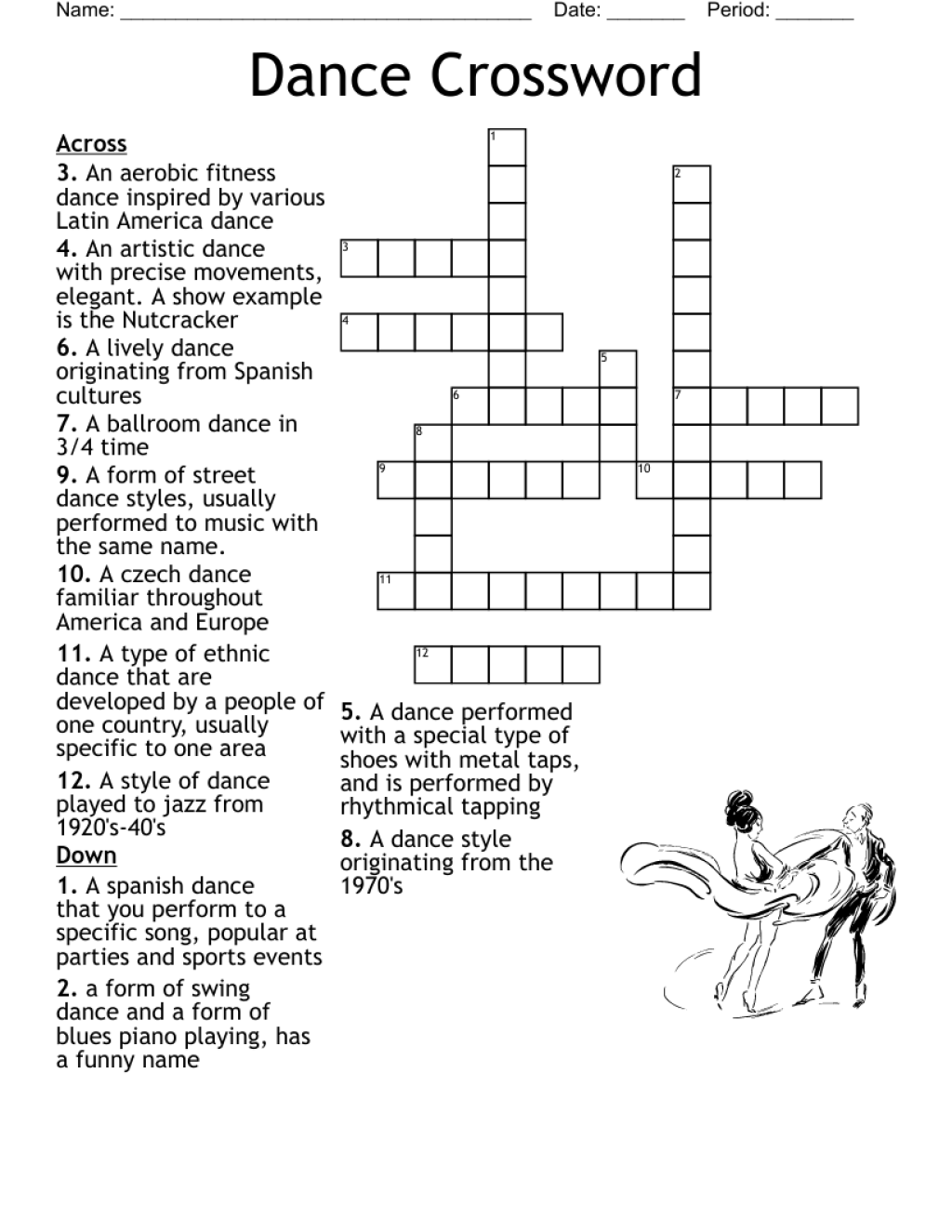Doing The Right Way
Mar
20th
The Benefits of Compact Weather Sensors In an era where precision and real-time data are paramount, compact weather sensors have emerged as invaluable tools for a range of applications, from agriculture and environmental monitoring to smart cities and industrial operations. Their small size doesn't diminish their significance; rather, it enhances their versatility and practicality. Let's explore the diverse benefits that…

![Herald Interview] Street dance meets classical music](https://lianen.biz/wp-content/uploads/2023/07/herald-interview-street-dance-meets-classical-music.jpg)





